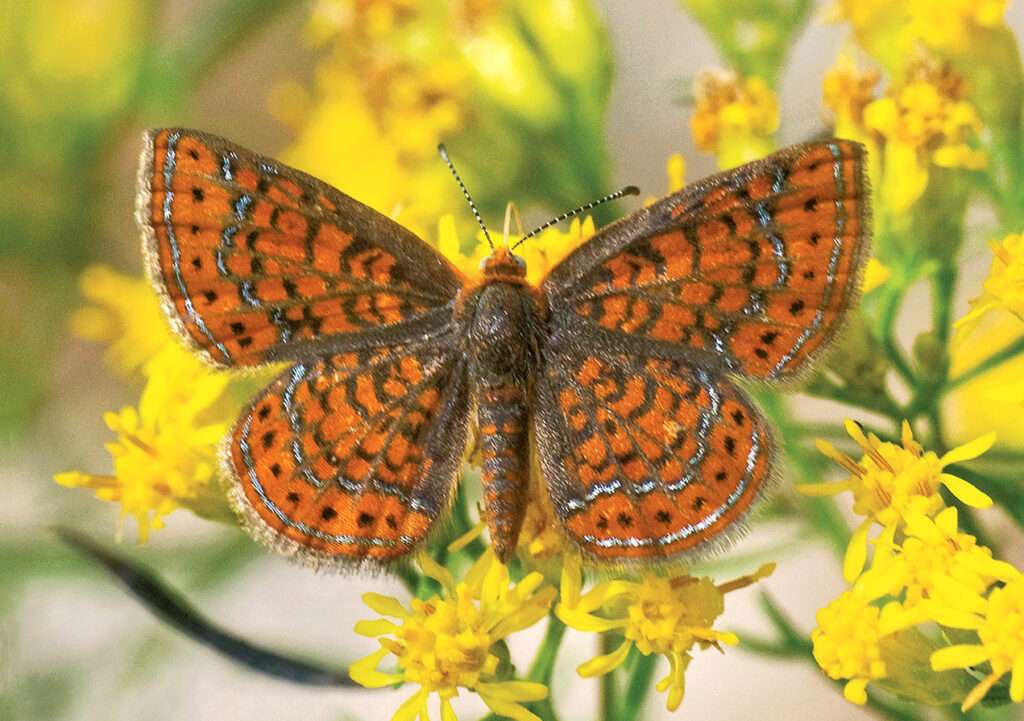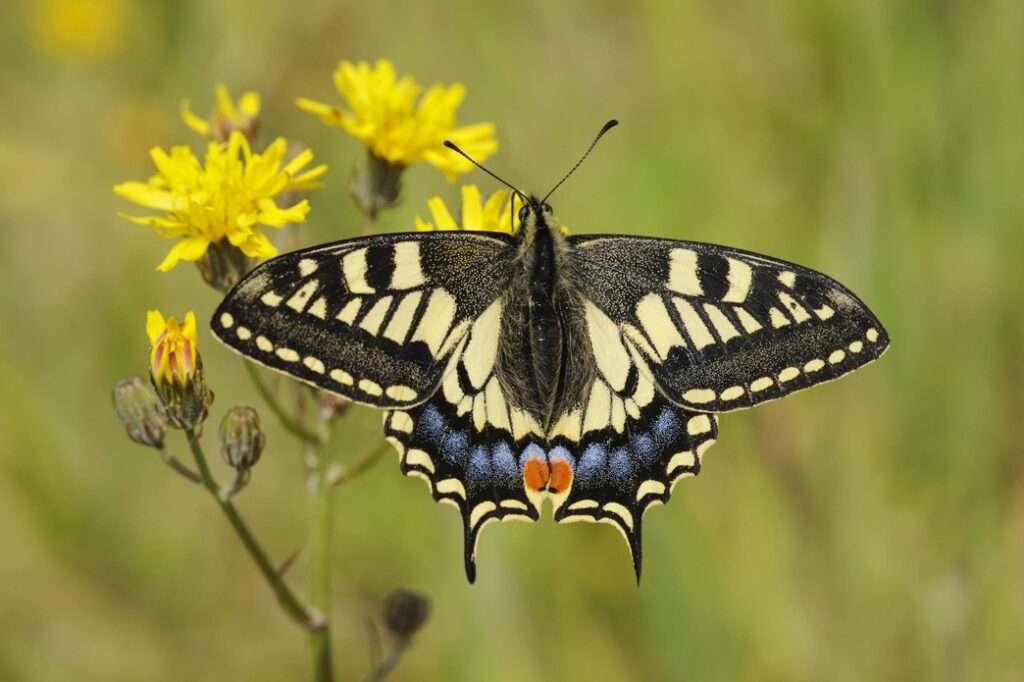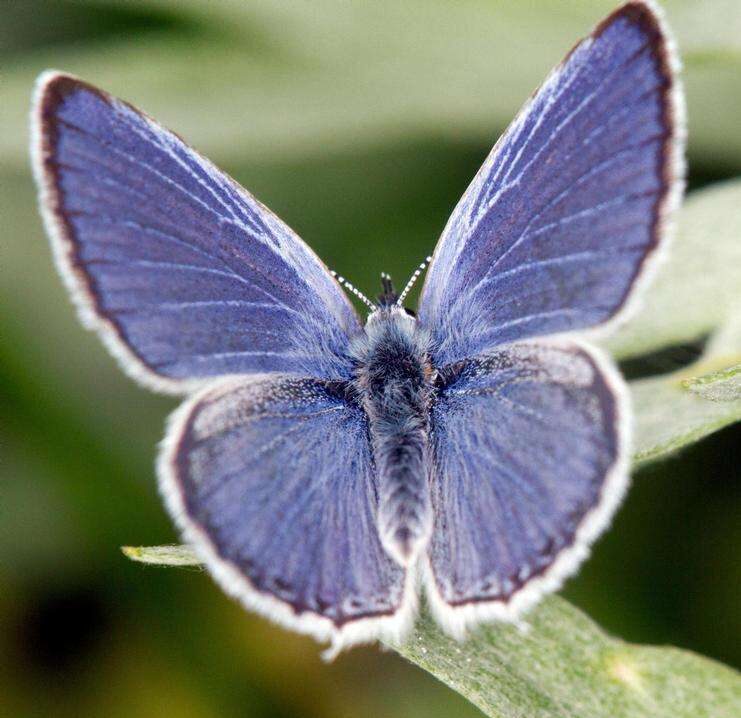
The family of metalmark butterflies is called Riodinidae. The little, metallic-looking patches that are frequently seen on their wings are known as “metalmarks” in the common language. The 146 genera contain the 1532 species.
Amazing Facts
- Their term, metalmark, derives from the tiny, metallic-looking marks on their bodies.
- In many ways, they resemble their sister family, the Gossamer-winged (Lycaenidae),
- Ants and many species of the Riodinidae families are closely related, with ants frequently protecting and caring for ant larvae.
Appearance
This family’s caterpillars have a rather lengthy, fat, and hairy appearance. The hairy body of the chrysalis is fastened to ground detritus, host plants, or leaf litter. Their bodies are light green with white spots.
The colorations vary from butterfly species to species, with temperate species having translucent wings while tropical species have iridescent green and blue wings. When the wings are open or closed, metallic specks in the color of silver or gold can be noticed. Males have smaller forelegs, whilst females have full-sized, fully functional forelegs.

Diet
Due to the sedentary nature of these butterflies, it is necessary for the adult nectarine plants and the caterpillar food plants (two species of ragwort and one species of fleabane) to coexist.
Predators
These species are preyed upon by other ant species. Several species connect with ants and receive protection from them at various times of their life cycles.
Despite having a distinctive distribution concentration in the tropical rain forests of South America, species are found in a wide range of environments. Numerous species are uncommon and have a restricted geographic range.
Table





